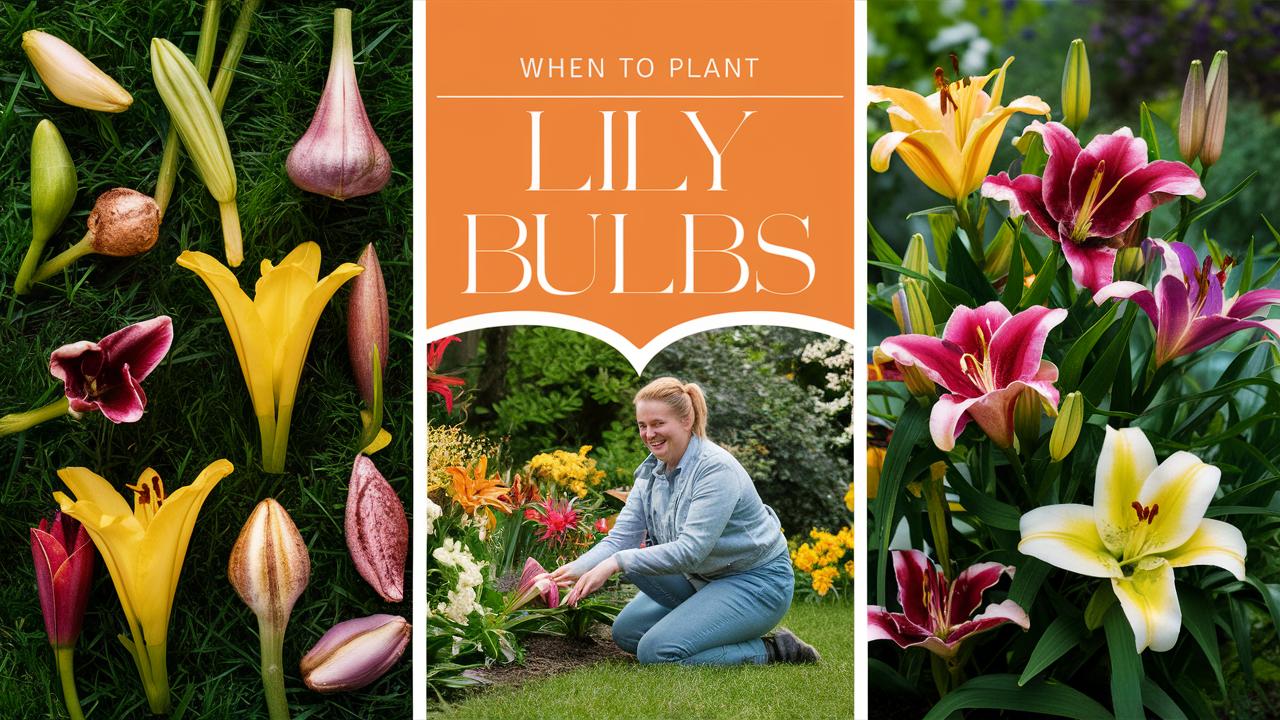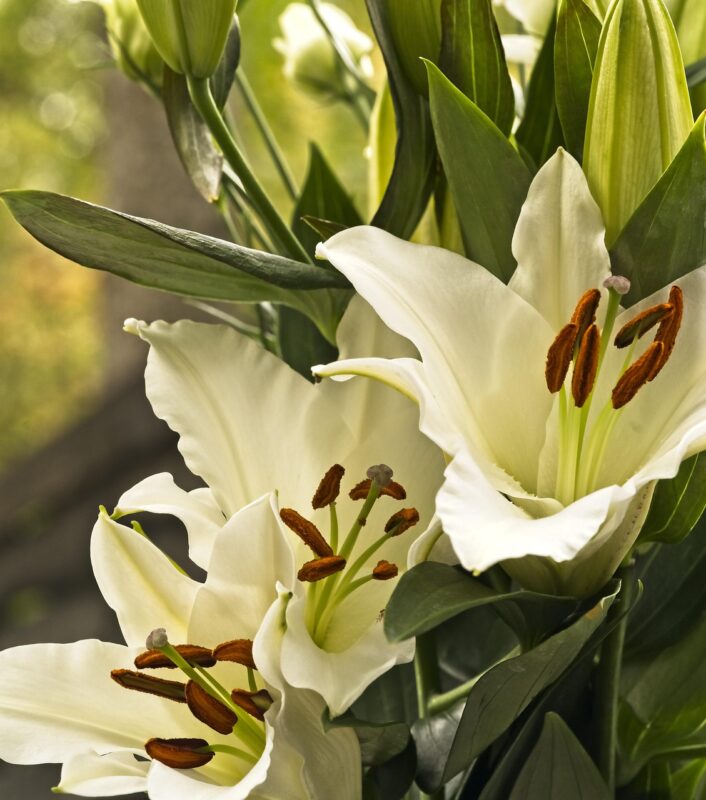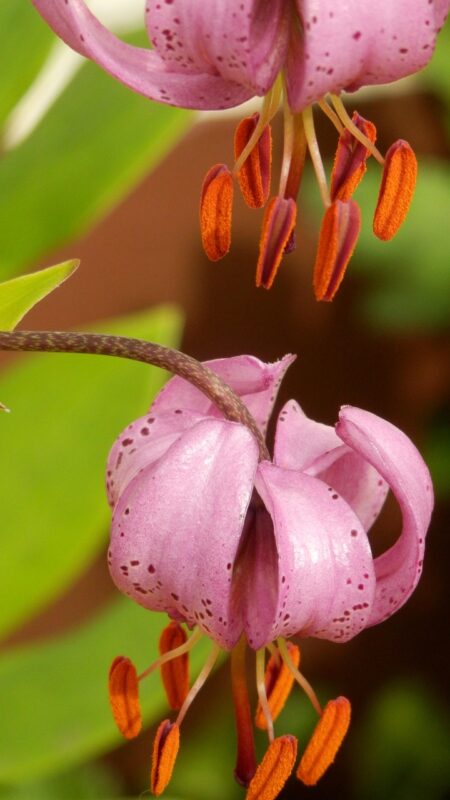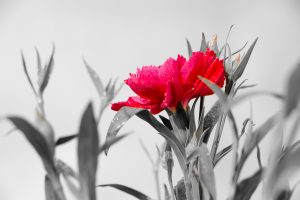In this comprehensive guide, we will explore everything you need to know about the ideal times for planting lily bulbs, taking into consideration the various species, climate zones, and additional care tips to ensure your lilies thrive.
Ideal Planting Times: A General Overview
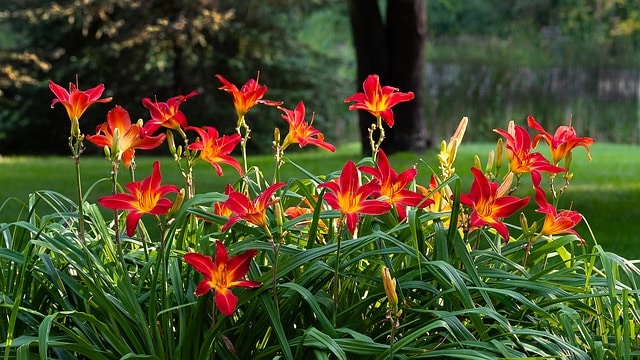
Generally, lily bulbs are best planted in the spring or fall. However, the exact timing can vary significantly based on your regional climate. Here’s a breakdown of planting windows based on different seasons:
1. Spring Planting
When to Plant: Traditionally, spring is a popular time to plant lily bulbs. For most regions, the ideal window is from March to May, once the ground has warmed and the threat of frost has passed.
Why Spring? Spring planting allows bulbs to establish roots before the hot summer months. In temperate zones, waiting until the soil temperature reaches around 60°F (15°C) is crucial for healthy root development. Be sure to check local frost dates since lilies are sensitive to extreme cold.
Considerations for Spring Planting:
Ensure the soil is workable, meaning it’s not too wet or frozen.
Incorporate organic matter such as compost into the soil to improve drainage and nutrient levels.
When selecting bulbs, choose healthy, firm specimens without signs of mold or damage.
2. Fall Planting
When to Plant: For many gardeners, fall planting is another favorable option, with the best timeframe being from September to October, depending on your local climate.
Why Fall? Planting in the fall allows bulbs to settle in during the cooler months, promoting deeper root establishment before the onset of winter. In cooler climates, this timing also encourages the growth of roots while the foliage remains dormant, leading to stronger blooms when spring arrives.
Considerations for Fall Planting:
Do not plant too late; aim for at least 4-6 weeks before the first frost.
Row spacing is generally recommended to allow for adequate air circulation and prevent fungal diseases.
Ensure your chosen location is well-draining to avoid bulb rot over winter.
3. Regional Climate Considerations
Cold Climates: In regions with harsh winters, spring planting is often more suitable for lily bulbs. If you opt for fall, be sure to mulch significantly to protect the bulbs from frost heave and desiccation.
Milder Climates: In temperate zones where winters are mild, both spring and fall planting can yield beautiful results. Fall planting can give your lilies a jump start, leading to earlier blooms.
Tropical and Subtropical Areas: In warmer climates, the growing season tends to be longer. Bulbs can be planted in early spring for summer blooms or during the fall for a winter’s rest, followed by spring flowers.
Selecting the Right Lily Bulbs
Planting can only be effective when the right bulbs are selected. When purchasing lily bulbs, choose varieties that are appropriate for your planted season and local climate. Here are a few popular types and their best planting seasons:
Asiatic Lilies
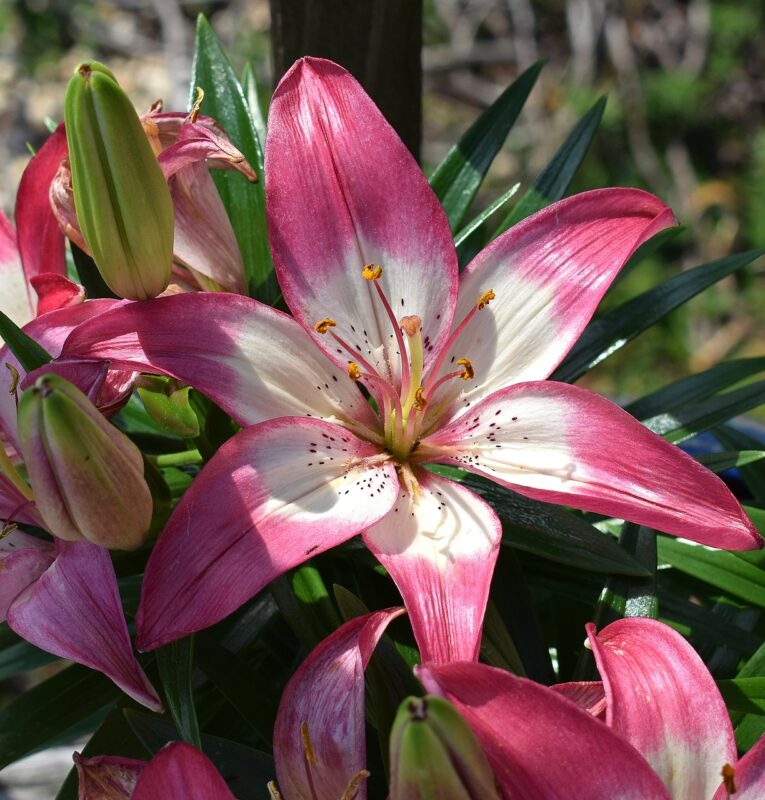
Asiatic lilies are among the earliest bloomers, typically flowering in late spring to early summer. Plant these bulbs in the spring after the last frost for the best show.
Oriental Lilies
Known for their fragrant flowers, Oriental lilies bloom later in the summer. Plant them in the spring when the soil warms up or in the fall for a jumpstart on blooming.
Trumpet Lilies

These majestic blooms thrive in full sunlight and are often planted in spring for summer flowering. They can also be winter-hardy, making fall planting possible in milder zones.
Martagon Lilies
Martagon lilies, with their unique, downturned blooms, enjoy a cooler climate and prefer to be planted in the fall. Plant them as soon as the soil is workable and a few weeks before the frost.
Soil Preparation for Healthy Growth
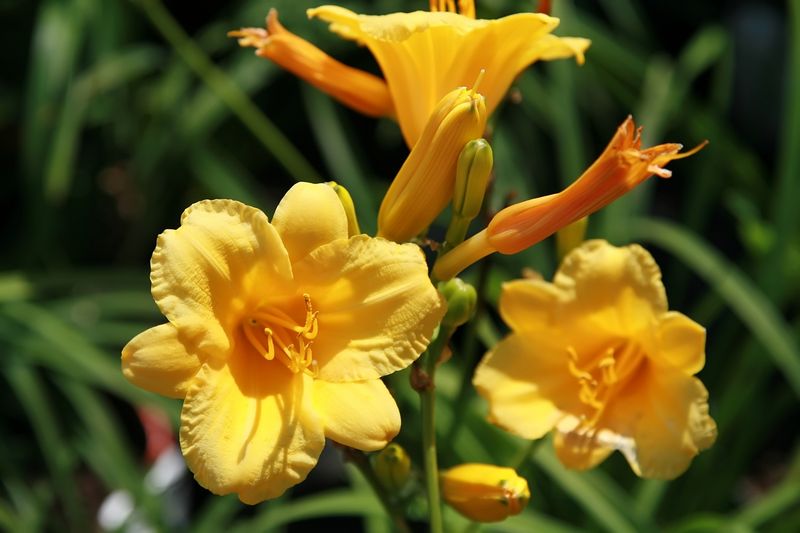
Regardless of when you plant your lily bulbs, the quality of the soil plays an essential role in their health. Here are some steps to prepare your soil for planting:
Check Soil Drainage
Lilies prefer well-drained soils to avoid rot. If your garden soil retains too much water, consider raised beds or amending the soil with sand and compost to improve drainage.
Test Soil pH
Lily bulbs flourish in slightly acidic to neutral soil (pH of 6.0 to 7.0). Conduct a soil test to determine if you need to add lime to raise the pH or sulfur to lower it based on your results.
Add Nutrients
Before planting, enrich your soil with organic matter, such as compost or well-rotted manure. Lily bulbs benefit from nutrients, and this step aids in their establishment both during planting and ongoing growth.
Planting Techniques for Success
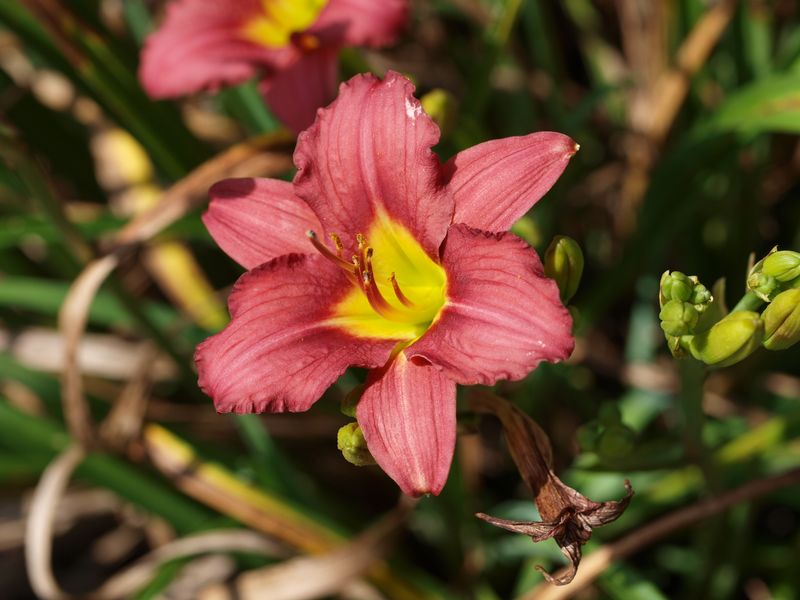
Once you’ve selected your bulbs and prepared your soil, it’s time to plant. Here are some tips for successful planting:
Planting Depth
As a general rule, plant lily bulbs three times as deep as the height of the bulb itself. For most standard bulbs, this means burying them about 3-6 inches deep. This depth protects them from fluctuating temperatures and promotes rapid root development.
Spacing
Give each bulb adequate space to grow. A spacing of about 12 inches apart is recommended for most types, allowing room for the foliage to develop and circulate air, which is essential to prevent fungal issues.
Add Mulch
After planting, a layer of mulch can help retain moisture, suppress weeds, and moderate soil temperature. Organic mulches will decompose over time, adding nutrients back into the soil.
Watering and Aftercare
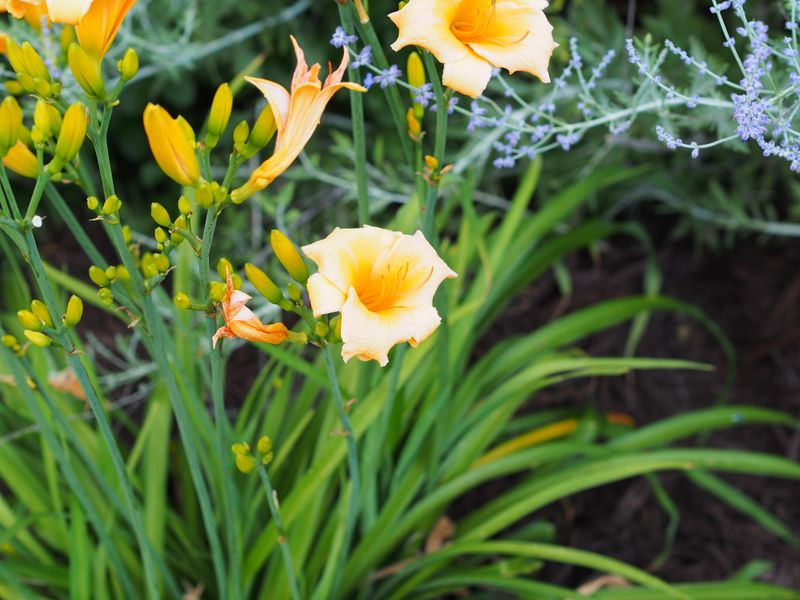
After planting your lily bulbs, consistent care is crucial to ensure their health:
Watering
Initial watering post-planting should be thorough to settle the soil around the bulb. After that, water as needed. Avoid letting the soil dry out completely, but overwatering can lead to rot, so maintain a balance.
Fertilizing
Once the shoots begin to emerge, consider a balanced, slow-release fertilizer designed for flowering plants. This encourages strong growth and more vibrant blooms.
Pest and Disease Management
Lily bulbs are susceptible to common pests such as aphids and lily beetles. Regular monitoring can catch any infestations early. Additionally, keeping the area around the plant clean can minimize fungal diseases.
Encouraging Healthy Growth and Blooms
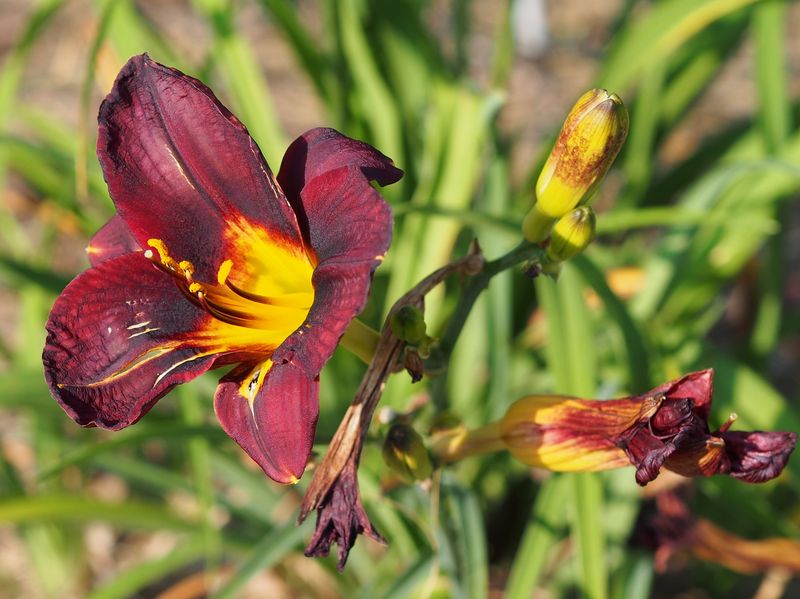
For an impressive display, here are some ongoing care tips to follow after the initial planting:
Sunlight
Lilies thrive in full sun to partial shade. Ensure your chosen planting location receives at least 6-8 hours of sunlight daily for optimal blooms.
Pruning
After flowering, deadhead spent blooms to encourage the plant to direct energy into bulb strength rather than seed production. Trim back foliage only after it has yellowed and died down, as it aids in nutrient storage for the bulb.
Dividing Bulbs
If your lilies grow too close together and become crowded, it may be necessary to divide them every few years. This not only helps with spacing but also rejuvenates the bulbs for more robust growth.
Conclusion: Timing Is Everything
Planting lily bulbs can be a wonderful, rewarding experience, transforming your garden into a blooming paradise. Understanding when to plant these bulbs is essential, as both spring and fall offer unique advantages depending on regional climate and selected varieties.


